If you’re new to the world of espresso, this guide is for you. With the right tools and a little practice, you can create delicious, Italian-style espressos right in your kitchen. In this post, we will go over the basics of how to make espresso, from choosing the right equipment and roast level, grinding your beans, and brewing techniques. We’ll also share some tips and tricks along the way to help you make delicious espresso every time. So, whether you’re just getting started or looking to improve your skills, keep reading for all you need to know about making espresso at home.
What is Espresso
Espresso is a highly concentrated coffee beverage that is created by the application of pressure to finely-ground coffee beans with the infusion of hot water. This high-pressure process effectively extracts the essence of the coffee, producing a robust, concentrated liquid with a characteristic foam layer atop. Espresso serves as a base for a plethora of other coffee-based beverages, including the renowned cappuccino, latte, and mocha. However, it also stands on its own, with many aficionados appreciating its unique flavor profile that sets it apart from other coffee drinks.

What you will need
1. Espresso Machine
To craft a quality espresso, the most indispensable piece of equipment one requires is an espresso machine. With a plethora of espresso machines available in various types and brands, it is imperative to conduct thorough research to discover one that meets your specific requirements. We have many espresso machines available!
2. A Burr Grinder
A good quality coffee grinder is also essential for making espresso at home. Espresso is made with very finely ground coffee, so a grinder that can produce a consistent grind is key. There are both manual and electric grinders available, so again, it is important to do your research to find one that suits your needs. A good espresso grinder is the Varia VS3.
3. Distribution tool
While you can make espresso shots without a distribution tool, it can greatly improve your consistency and shot quality. These tools can be WDT tools or a more conventional distributor.
4. Tamper
A tamper is a tool that is used to compact the ground coffee in the portafilter before brewing. This helps to create the restriction needed to build the pressure required to brew espresso.
5. Digital Scale
A digital scale is essential to know how much coffee you are putting in and how much is coming out. This will come in handy once we take a look at the espresso recipe.
Looking for a cheap and reliable coffee scale? Your in luck we have one here!

Choosing coffee beans
There are three main types of coffee roasts that are commonly used for espresso: light, medium, and dark. Each type of roast has its distinct flavor profile that can be used to create various types of espresso drinks.
Light roasts have a light brown color and a subtle flavor. They are often used to create delicate espresso drinks such as cortados and flat whites. Medium roasts have a darker color and a more pronounced flavor. They're often used to create bolder espresso drinks such as cappuccinos and lattes. Dark roasts have an almost black color and a robust flavor. They're often used to create intense espresso drinks. They're less used nowadays because they mask the original flavor of the coffee and can clog your grinder.
The type of roast that is best for making espresso depends on personal preference. some people prefer the subtle flavor of light roasts, while others prefer the bolder flavors of medium or darker roasts. Experiment with different types of roasts to find the one that best suits your taste.

Understanding the parameters
There are three main variables in espresso brewing; dose, yield, and time.
-
Dose refers to how much ground coffee you put into your portafilter;
-
Yield is the weight of the espresso made;
-
Time is the contact time between coffee and water.
Dose
When choosing the dose required, you generally want to go with the portafilter basket manufacturer's recommendation. Most baskets have been rated to a certain weight of coffee. Staying within one or two grams of that rating generally gives the best results.
When dosing espresso, your puck should never sit so high in the basket that it touches the shower screen. If you insert and remove a dry-dosed portafilter, there should not be any contact with the shower screen. If there was contact, then reduce the dose accordingly. On the opposite, if pucks are wet or muddy after extraction it doesn't mean that the shot was bad. It simply means plenty of room between grinds and the shower screen.
Keeping your dose the same will make adjusting variables and figuring out a coffee recipe much easier!
Yield
Put simply, yield is the weight in grams of the espresso in the cup. To understand it fully, we need to put it as a ratio of dose to yield. For example, an 18g dose and 36g yield would be 18:36. If we simplify, we get a 1:2 brew ratio. There are different ratios for different recipes which we will get into later.
Again, keeping your yield the same will make adjusting variables much easier!
Time
Time is the last component of our espresso recipe. It’s the seconds elapsed from when the pump is started to when the pump is stopped. Time is only a byproduct of the brewing variables that we will be changing. As a rule of thumb, the target time of extraction should be 25 to 30 seconds.

Understanding Extraction
Extracting espresso is both an art and a science. The perfect espresso extraction requires a delicate balance of temperature and pressure.
An easy way to think of extraction is the amount of work that needs to be done. The higher the temperature, the more work it will do. Pressure is a by more tricky as more pressure does not necessarily mean more work.
Depending on the roast level you have chosen, some coffee might need more work than others. Dark roast spent more time in the roaster. Therefore, making it easier to extract and will require less work. Lighter roasts on the other hand spent less time in the roaster and will require more work to extract properly.
Variables
Temperature
The proper temperature when it comes into contact with the coffee grounds. The water should be between 90-95 degrees Celcius. This is probably a variable that is changeable on home espresso machines. It's not a requirement to get great tasting espressos.
Pressure
Pressure is the last variable. This is the one that you will have control over and that you will have to balance.
To balance pressure, you will have to change the size of your coffee grinds. This is also why you need a grinder at home. The target pressure is between 7 and 9 bars, this is where there is the maximum amount of work being done. Above and below that, the amount of work being done diminishes.
An important thing to note is that tamping pressure does not influence pressure while brewing. Once all the air bubbles are out of your coffee puck, putting more pressure while tamping will not change anything.
There is also a flow paddle available if you have a fancy machine. It too can affect the pressure.

The flavors of extraction
Here is where all the art of brewing espresso comes into play. You will have to use your pallet to decide how you want your shot to taste. While there are tools to measure extraction, they cannot tell you what you like! Here is a rundown of what espresso can taste like and how to fix it.
Under-extracted Coffee
When coffee is not extracted enough, it may taste sour and acidic. This occurs when some of the flavor compounds remain trapped within the coffee grounds and do not dissolve into the water. These flavor compounds are essential to achieving a well-rounded and complete coffee flavor. Failure to extract them adequately may result in an imbalance that causes the coffee to taste excessively sour, devoid of sweetness, and even salty in some cases.
To fix under-extracted, use a finer grind or up the temperature. This is often the case with beginner home baristas.
Over-extracted Coffee
Over-extraction occurs when you take too much of the soluble flavors out of the coffee. This can happen if the grind is too fine, the brewing time is too long, or the water temperature is too high. Over-extraction results in unfavorable flavors, such as bitterness, astringency, and harshness, leaving you with a dry mouth.
To avoid over-extraction, use a coarser grind, or use cooler water.
Ideally Extracted Coffee
A properly extracted coffee is a true delight, a little miracle in a cup. Every variable must be in perfect balance and the coffee must undergo just the right amount of processing. Upon tasting a well-brewed espresso shot, one can experience its sweetness, clarity, pleasant acidity, and a lasting aftertaste that lingers on the palate. This sensation, known as the "god shot," is the pinnacle of coffee enjoyment and an accomplishment for any barista or coffee lover.
Remember how you made it and try it again!

The Espresso Recipe
The Classic Espresso
The espresso recipe discussed here is a classic drink that has stood the test of time. To prepare a traditional espresso, one requires a very fine grind and a pressure of around 9 bars. While the process can be challenging, the end result is a beverage that ranks among the best espressos you will ever taste. The traditional double shot, in particular, is renowned for its exceptional texture and richness that delights the senses.
Recipe:
-
Grind very fine
-
Take the optimal dose of your portafilter basket
-
Aim for 8 bars to 9 bars
-
1:2 in 25 to 30 seconds
THE TURBO SHOT
This espresso recipe presents a contemporary twist on the traditional shot, featuring the same standard serving size but with a unique brewing technique. The concept underlying the turbo shot revolves around enhancing the efficiency and consistency of the espresso-making process, leading to a more delectable and enjoyable cup. While the turbo shot may have less texture compared to the classic shot, it compensates by exhibiting more sweetness and clarity, resulting in a truly delightful sensory experience.
Recipe:
-
Grind coarser than a traditional espresso
-
Aroung 4 grams less than the optimal dose
-
Aim for 4 bars to 6 bars
-
1:2.5 in 15 seconds
ALLONGÉ
The coffee beverage in question is an extended variation of the traditional espresso shot. This type of coffee contains a more diverse and intricate range of flavors, providing a heightened level of sensory experience for the consumer. In order to achieve the desired taste profile, a notably faster flow rate is required when brewing this type of coffee, as compared to a regular espresso. Furthermore, if one opts to utilize a naked portafilter when preparing this drink, the resulting shot may exhibit a slightly chaotic appearance, particularly towards the conclusion of the brewing process.
Recipe:
-
Grind slightly coarser than a traditional espresso
-
Take the optimal dose of your portafilter basket
-
Aim for 7 bars to 8 bars
-
1:3 to 1:5 in 30 seconds

Tips and Tricks
Distribution
In the realm of crafting a quality espresso, it is vital to have a distribution tool to ensure that the coffee grounds are distributed evenly. Without a reliable distribution tool, the coffee grounds may settle in an uneven manner, which can lead to an inferior, substandard espresso and channeling. With a well-designed distribution tool, the coffee grinds can be evenly spread across the filter, and the water can be evenly distributed over the coffee grounds.
This results in a more uniform extraction process, leading to a more consistently flavored and better-tasting espresso. Therefore, for those who value the taste and quality of their coffee, it is recommended to invest in a high-quality espresso distribution tool.
Tamping
Tamping is the process of packing ground coffee into the espresso machine's filter basket. It seems like a simple task, but it can have a major impact on the flavor of the final product. If the coffee is not evenly tamped, it can lead to uneven extraction. A good tamp ensures that the water is evenly distributed throughout the grounds. To get a good tamp, the tamper should be the same size as the portafilter basket and pressed it down vertically. With a little practice, anyone can master the art of tamping and produce delicious espresso shots at home.
Fresh Coffee Beans
To make a truly great espresso, it is important to start with fresh coffee beans. The coffee beans begin to lose their flavor as soon as they are grounded, so pre-ground coffee is often stale by the time you brew it. For the best flavor, always grind your beans just before brewing. In addition to being fresher, freshly ground coffee provides a more consistent extraction, which is important to gets to best out of your coffee.
Burr Grinders
The coffee beans need to be ground evenly to extract the best from them, and a burr grinder will give you a consistent grind every time. You can also adjust the grind size on a burr grinder, which is important for getting the perfect extraction from your espresso beans. A good burr grinder will allow you to experiment with different grind sizes so that you can find the perfect setting for your espresso beans. Whether conical or flat, they should get you on your way to a great espresso shot.
Thank you for taking the time to read our introductory guide to crafting a delectable espresso. We trust that this write-up has provided you with both useful and enlightening information. With careful attention to the grind fineness and water temperature, you are now equipped with the knowledge to produce an espresso that rivals that of a seasoned barista. Should you require any further guidance or have queries, we encourage you to reach out to us without hesitation. Our team is always eager to provide assistance and support to fellow espresso enthusiasts.
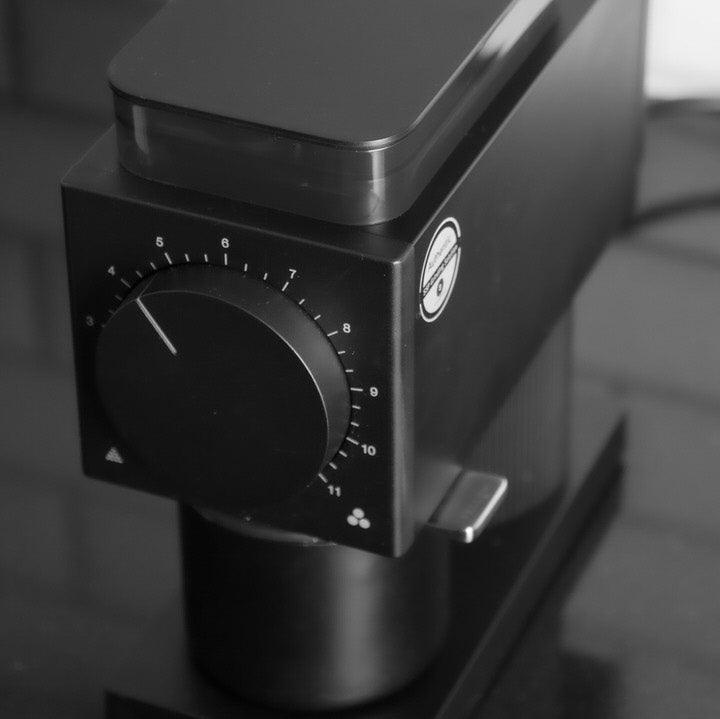


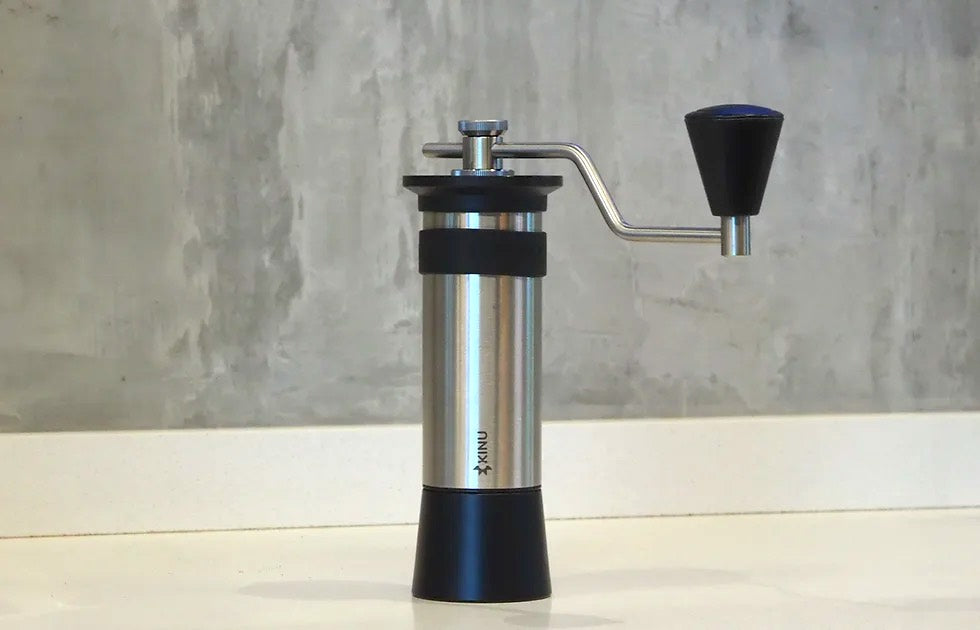

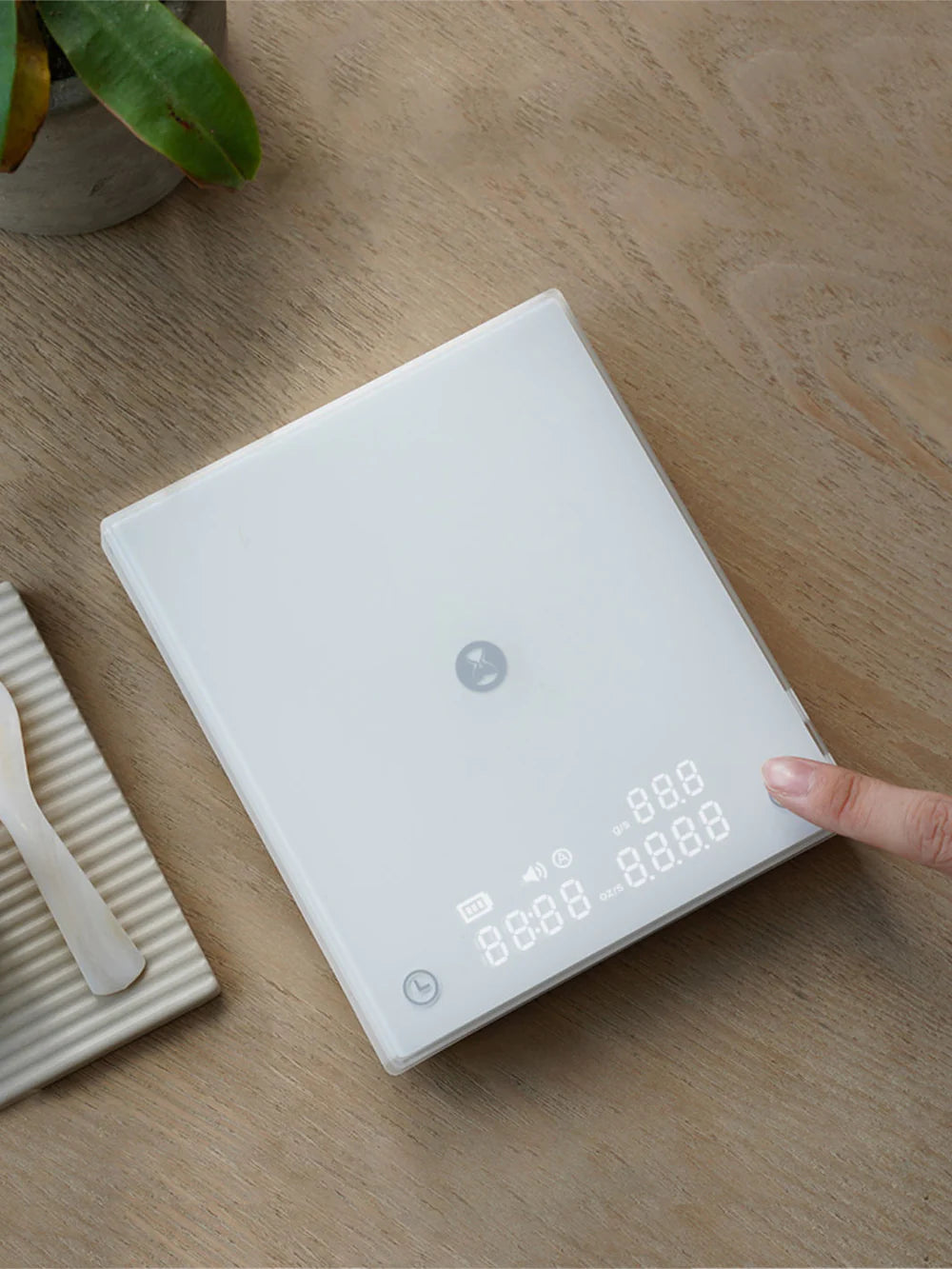
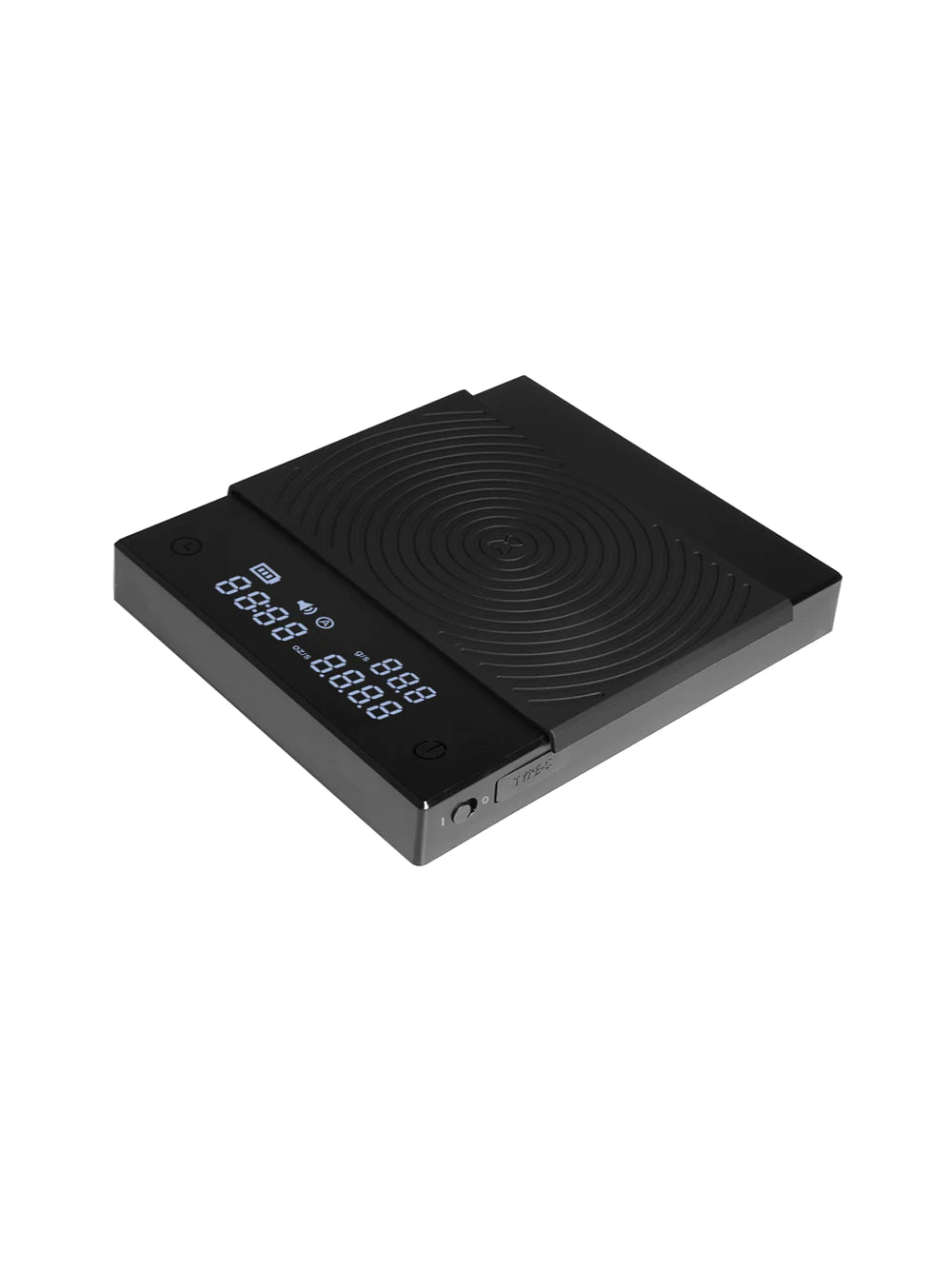


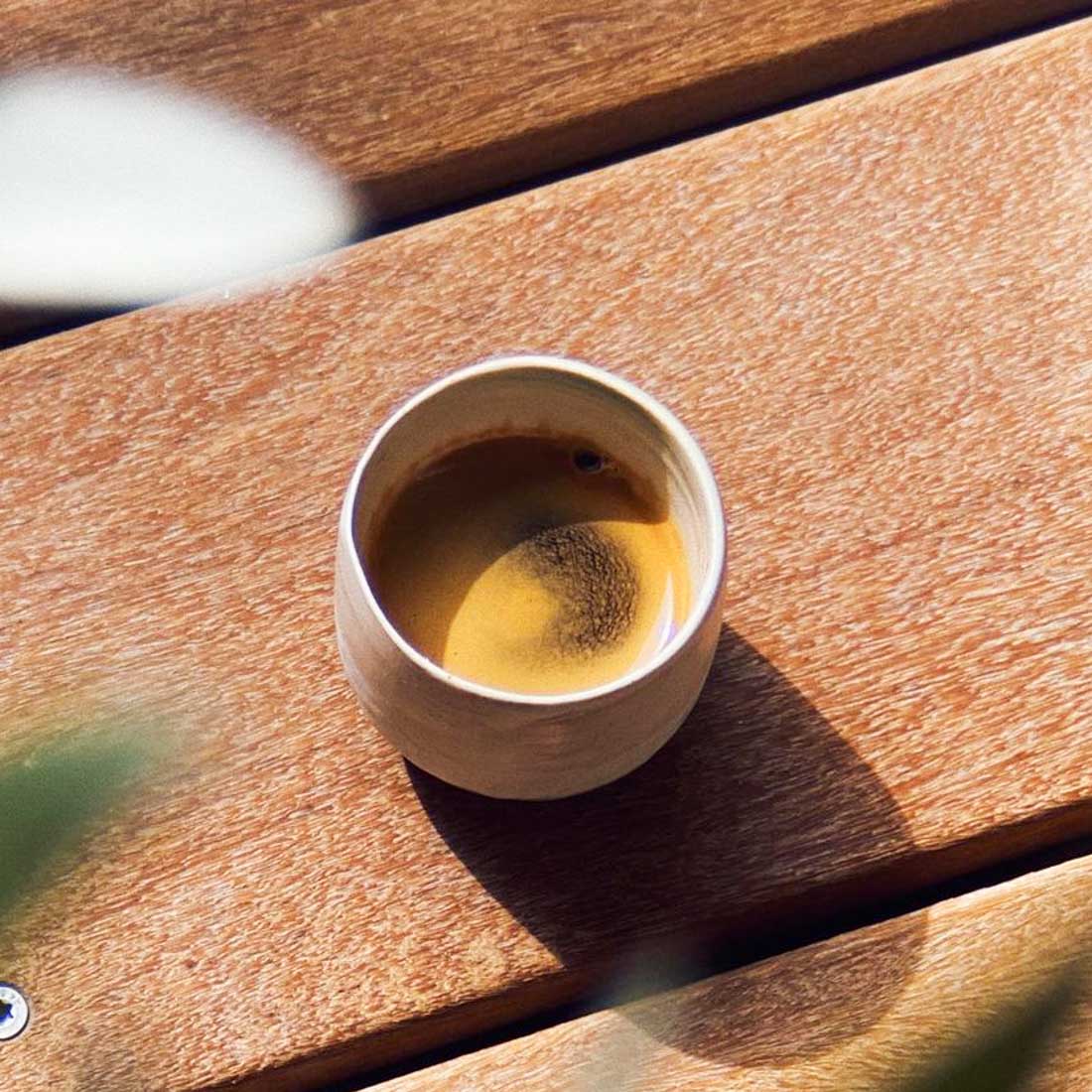
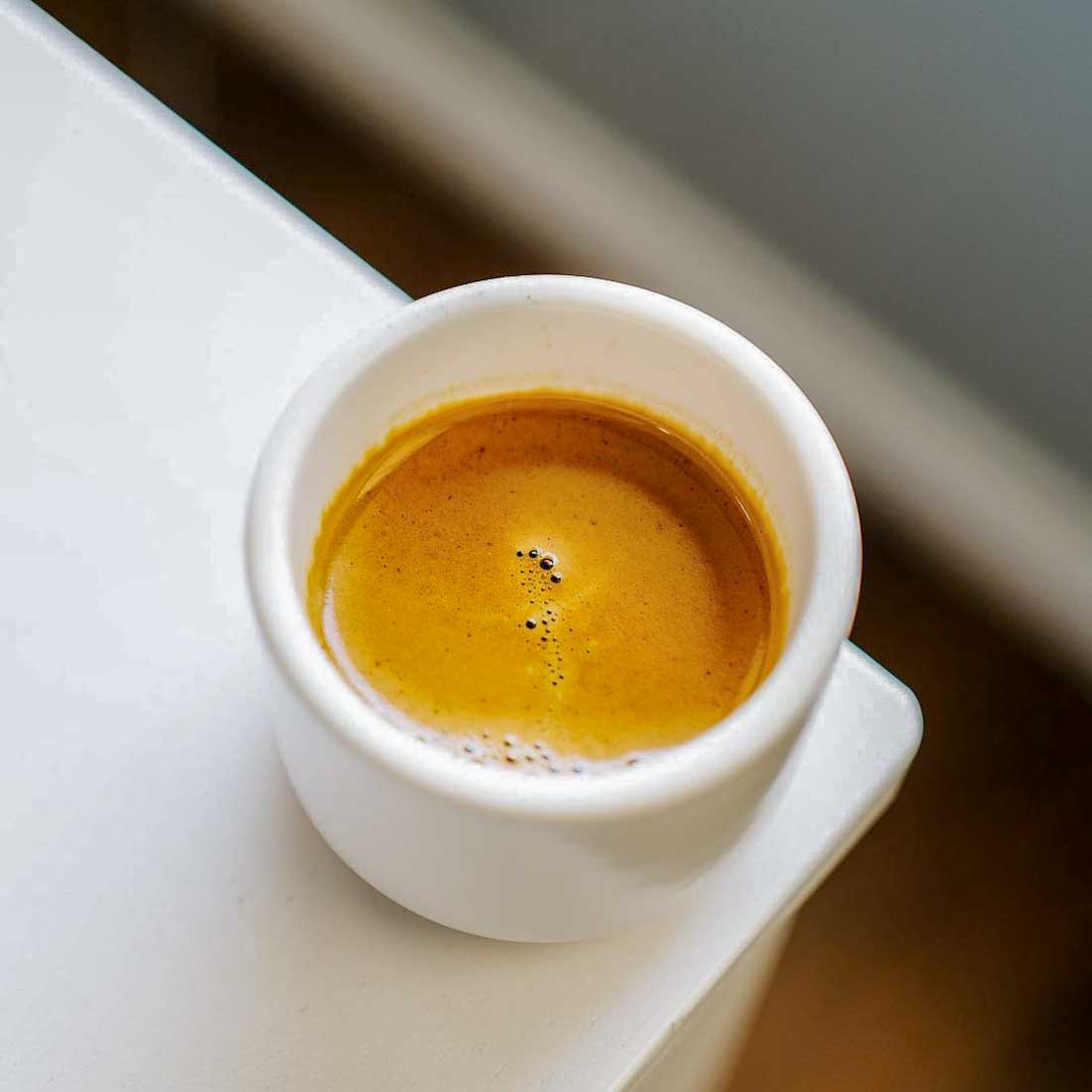
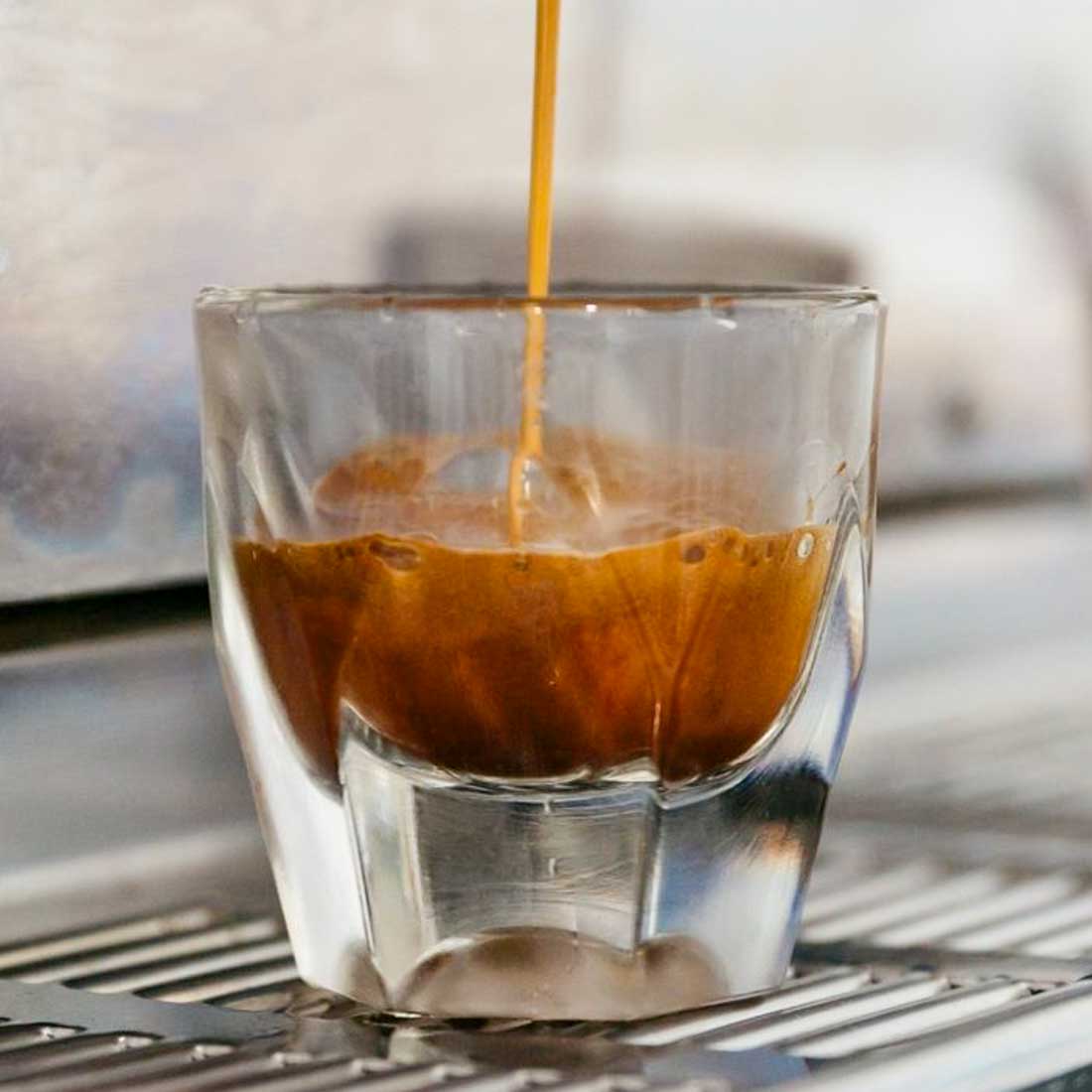
Comments
There are no comments.
Your comment